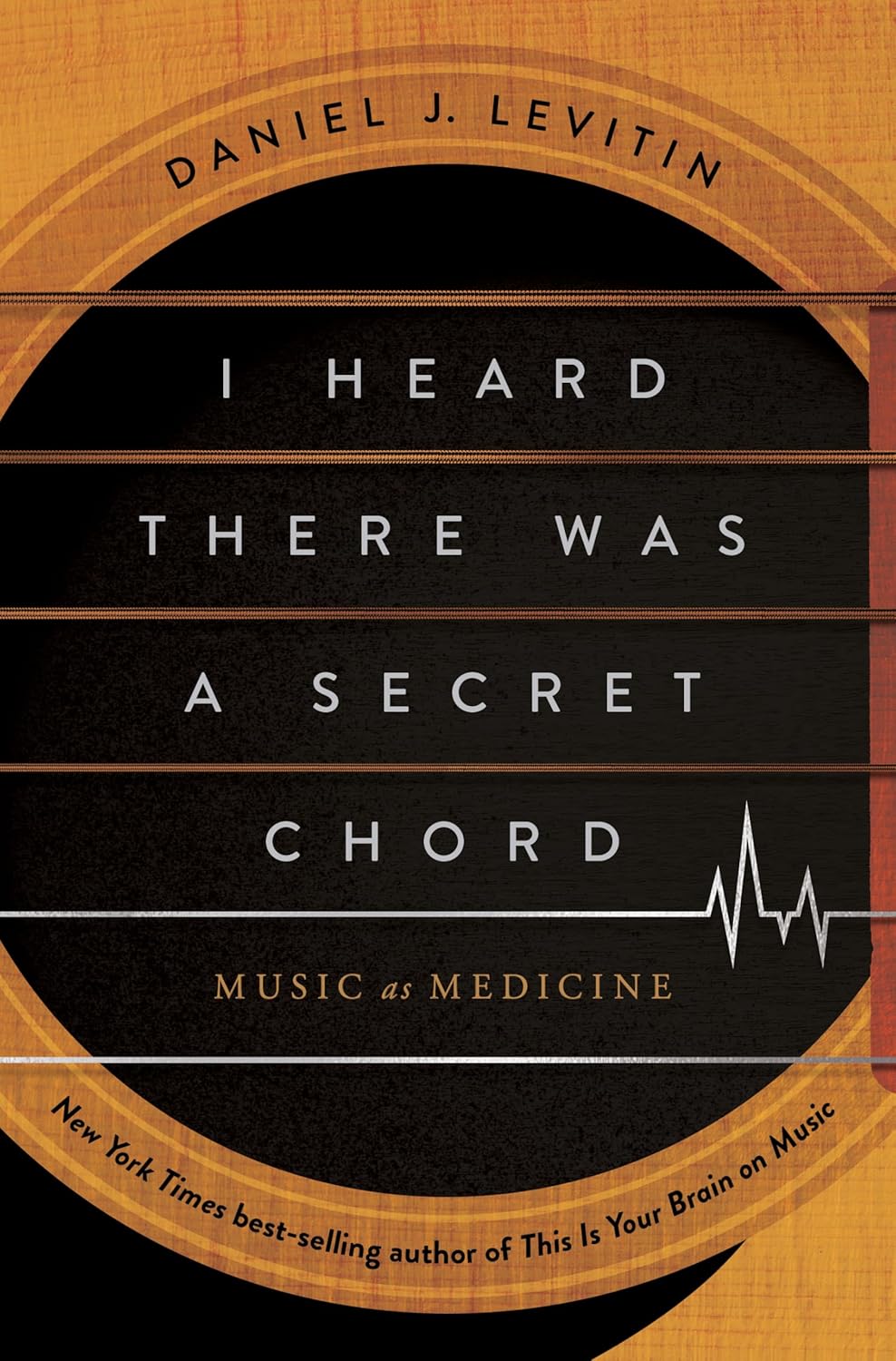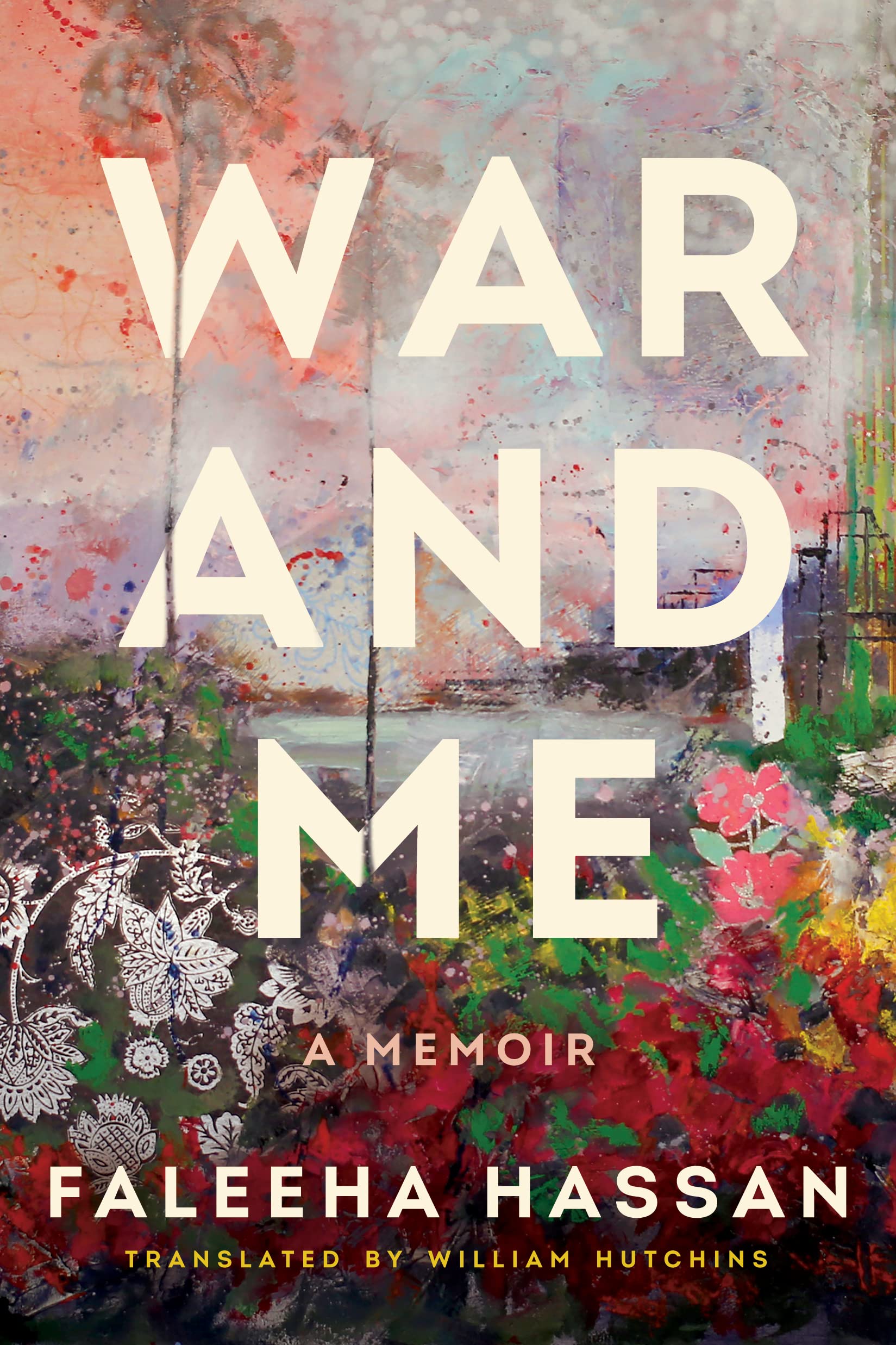I Heard There Was a Secret Chord: Music as Medicine
- By Daniel J. Levitin
- W.W. Norton & Company
- 416 pp.
- Reviewed by Karl Straub
- December 18, 2024
Tuneful remedies are backed up by science.

A 1993 study reported improvements in IQ-test performance when participants listened to the music of Mozart before being tested. The modest findings came with various disclaimers, and a clear-eyed observer of the actual science would learn that the improvement was minimal, only affected one specific area of cognitive function, and was observable for just a brief amount of time. In short, the music only helped a tiny bit, and its effects didn’t even last as long as an episode of a TV sitcom.
Despite these caveats, the press and the popular imagination distorted the facts about the so-called “Mozart effect.” Public perception that “Mozart makes you smarter” goosed CD sales of classical music, and Georgia governor Zell Miller proposed a portion of his state’s budget be used to guarantee that every child would be given an album featuring the Viennese composer. He further speculated at the time that the music of Charlie Daniels might have similar benefits, but no studies were done to back this up.
The Mozart effect was clearly exaggerated. We all wanted to believe it was real, and we got a little bit out over our skis. Happily, in the years since, many studies have emerged demonstrating the extensive connections between music and brain function, and numerous books on the topic are now available. The latest entry, Daniel J. Levitin’s I Heard There Was a Secret Chord (a follow-up to his bestselling This Is Your Brain on Music) is that rare thing: a science book that’s accessible to the lay reader but also packed with enough serious information to function as a useful reference.
Levitin, with extensive expertise in both neurology and music, is ideally suited to bring us a work confirming what many have long assumed: Music is indeed good for us. A lot of us have taken this on faith for years, and Levitin does more than just validate our emotional conviction; he explains the science of why and how music benefits our health.
The author goes deep and wide on the ways music activates and stimulates our brains. He gives us so many examples of rare neurological disorders and more common maladies responding to treatment involving music that it’s difficult to read the book straight through. Happily, skipping around is rewarded, as nearly every page contains either a surprising revelation about how music travels through our brains or a touching story of it helping when more conventional treatments have not.
Along with a parade of anecdotes about non-celebrities, we get stories of musicians like Bruce Springsteen, Linda Ronstadt, Bobby McFerrin, and jazz guitarist Pat Martino finding ways music can help them deal with the symptoms of various debilitating conditions. In one poignant episode, Levitin uses music therapy to help Joni Mitchell recover some of the cognitive function she lost following a serious stroke.
The big story throughout the book is that different elements of music are processed by different circuits in our brains, and the separate pieces of information are collated and then transferred to new circuits in order to process more complex aspects of the music. Details about pitch, duration, and loudness are stored early on, and the cooperating chain of brain departments eventually turns to complicated issues like the shape of a melody, the sonic character of instruments, and the emotional connections for the listener.
Few human activities compare to listening to music — although hikes in the wild and dancing are distant siblings — with its epic journey of interoffice memos linking both a network of small circuits and the often-isolated two hemispheres of the brain. It’s this sweeping process that leads to medicinal and therapeutic benefits; listening to music can open up alternate neural pathways to substitute for burned-out or dormant ones, and it can also rejuvenate paths exhausted by stress.
Among the book’s other fascinating takeaways: Playing music or singing decreases levels of the stress hormone cortisol, leaving us more relaxed. Children get attached to inanely catchy songs like “Baby Shark” because the repetition of musical information is building the brain pathways they’ll need to enjoy the greater benefits of music later on. Because adults already built their own pathways in childhood, these songs often drive them crazy. (Take heart, Mom and Dad: They really are good for the kids.)
For most music-therapy applications (stress/pain relief, mood alteration, and treating complex neurological dysfunction), the best results happen when the listener picks music they already love. (This means Zell Miller was onto something with his Charlie Daniels theory.) But it’s also true that increased understanding of how music works helps lead to improvements in brain health, even for non-virtuosos. In other words, musical comfort food and the musical equivalent of high fiber are both good for you.
Karl Straub studied music education at Howard University and writes about music, books, film, and TV at karlstraub.substack.com. He lives in Alexandria, Virginia.

